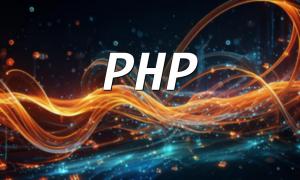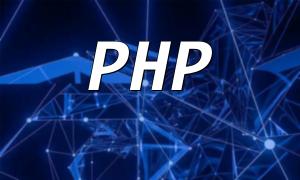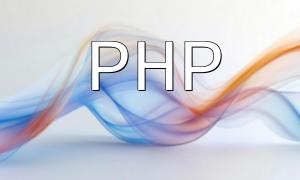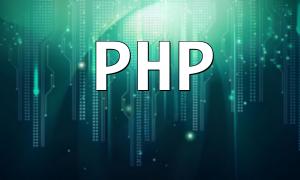This article provides a systematic guide to PHP server optimization, aiming to help developers improve server performance from basics to advanced. Whether you're a beginner or an experienced developer, this guide will help you enhance your PHP server configuration and performance.
The first step in optimizing a PHP server is selecting a stable and reliable operating system. Linux-based systems like Ubuntu Server or Centos are recommended for their stability and security. During installation, it’s important to properly allocate disk space and leave enough swap space for high-concurrency environments.
Use package management tools to efficiently manage software packages on the server. Regular updates are essential to patch security vulnerabilities and improve server stability.
Choose the appropriate disk type according to application requirements. For read/write-intensive applications, SSDs are recommended, while mechanical hard drives are better for large data storage. Proper RAID array configuration helps improve data read/write speed and security.
Optimize network configuration, including network card and router settings, to improve throughput and reduce latency. Load balancing can distribute traffic across multiple servers, further enhancing system performance.
Selecting the right PHP version is crucial. It’s recommended to use the latest PHP version to benefit from security patches and performance improvements. Ensure that the PHP compilation options are properly configured for optimal runtime performance.
Install and configure PHP extensions based on application needs. Set the configuration parameters of extensions properly to optimize their performance and security.
Optimize PHP runtime parameters such as memory limits and timeout settings to improve script execution efficiency and stability. Ensure memory limits are properly set to prevent script termination due to insufficient memory.
Enable PHP opcode caching to compile PHP scripts into bytecode and store them in memory for faster execution. Additionally, enabling JIT (Just-In-Time) compilation compiles PHP scripts into native machine code for further performance improvement.
Use code analysis tools to identify performance bottlenecks. Improve code efficiency by optimizing algorithms, choosing appropriate data structures, and reducing unnecessary loops and function calls.
Optimize database queries by designing proper indexes to reduce query time. Proper database schema design improves query efficiency and reduces storage space consumption.
Implement caching to store frequently accessed data in memory or file systems to reduce database queries. Use CDN technology to distribute static resources to edge nodes, offload server demand, and improve website availability.
PHP server optimization is an ongoing process. By optimizing at the system, PHP, and application layers, developers can significantly improve server performance, delivering a better user experience.








